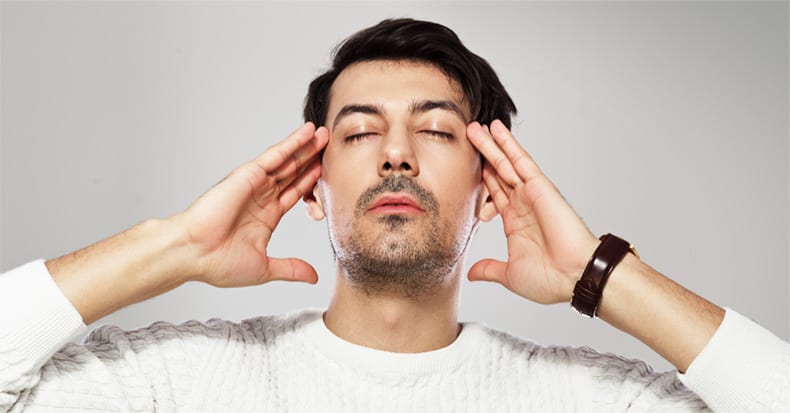Though there are many different type of headache, many involve both the upper cervical region (the neck) and the head. Between the muscles that attach to the head and neck, the ligaments that hold the vertebrae together, the blood vessels that allow blood to flow to and from the head, and the nerves that allow us to smell, taste, see, smile, wink, stick out our tongue, and so much more, it’s no wonder that the neck is intimately related to the head and therefore headaches.
One structure that sheds additional light on this close relationship between the neck and headaches is called the “myodural bridge” (MDB), which spans between a muscle in the back of the neck called the rectus capitus posterior minor and the protective covering of the spinal cord called the dura mater. This connection sits in close proximity to the vertebral artery, veins, and the first cervical nerve or C1 (the occipital nerve).
So how does this MDB cause headaches? Normally when we move our head and neck, the muscle contraction puts tension on the MDB, transmitting its force to tense up the dura, stabilizing the spinal cord. This prevents infolding of the dura, which can generate pain in the form of a headache.
When an injury such as whiplash occurs, cervical vertebral joint dysfunction and overly tight muscles in this area transmit abnormal tension to the dura mater via the MDB, which (like infolding) can result in headaches. If the injured muscle/s weaken or atrophy, this can further compromise the function of the MDB, leading to chronic (long-term) headaches.
A common symptom of an MDB headache is a throbbing pain, usually on one side of head near the ear/temple area and possibly behind the eye. The headache may last from several minutes to several days and the base of the head is tender to the touch. Typically, head movements intensify the pain/headache and neck pain may or may not be present.
Research shows that chiropractic manipulation, soft tissue therapy, and exercise can significantly benefit patients with headaches, regardless of the cause. But it is easy to understand that treatment directed to this region is necessary to restore function, and discovery of this MDB may play an important role as to why chiropractic care is so effective for headache patients.




